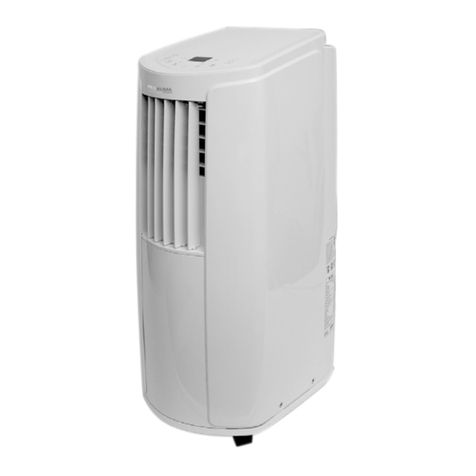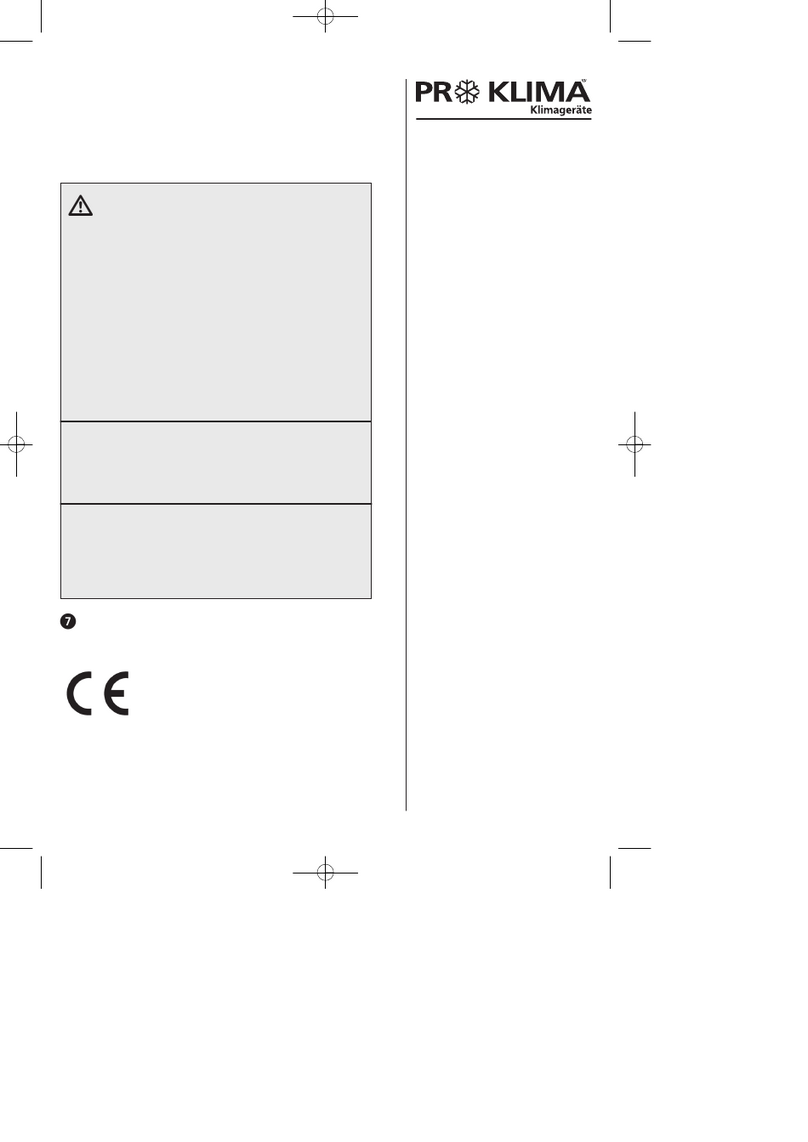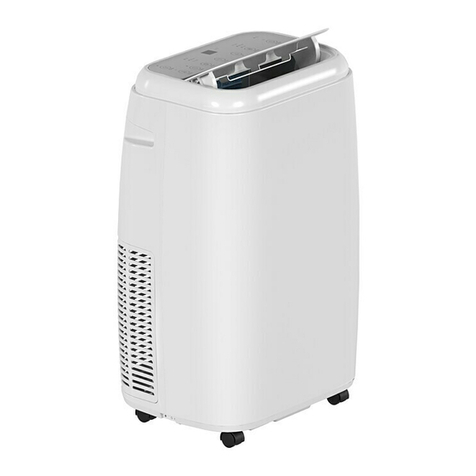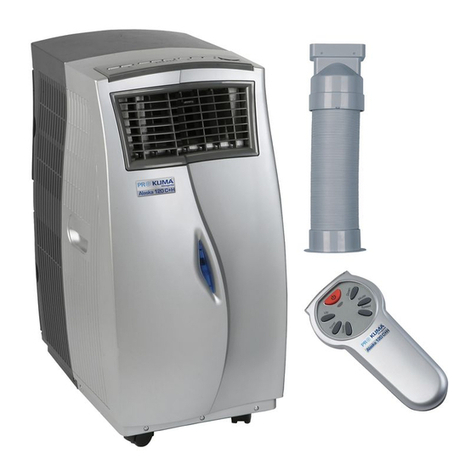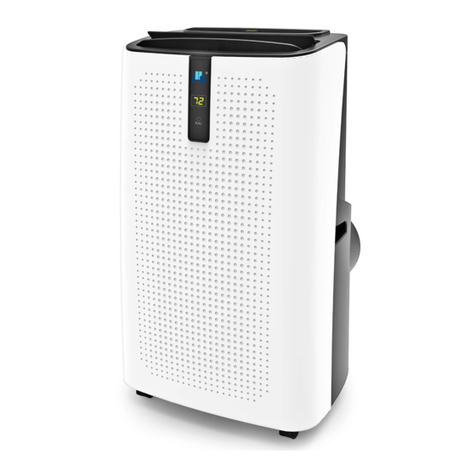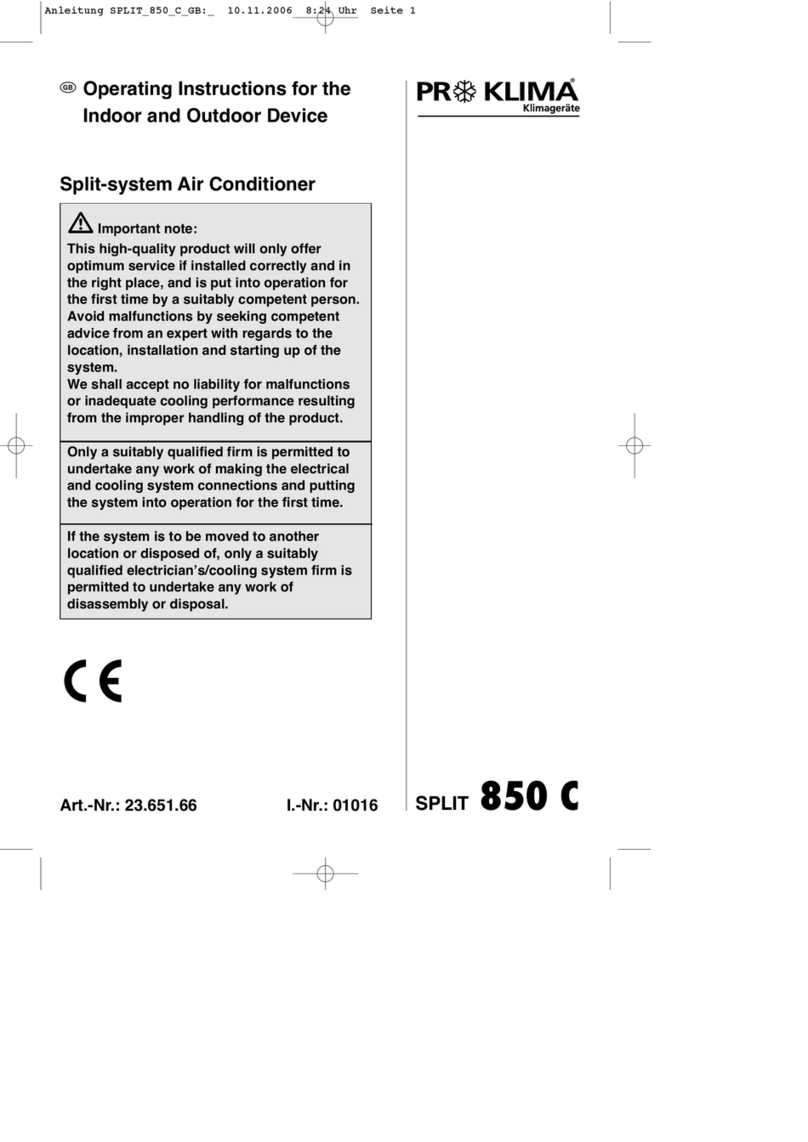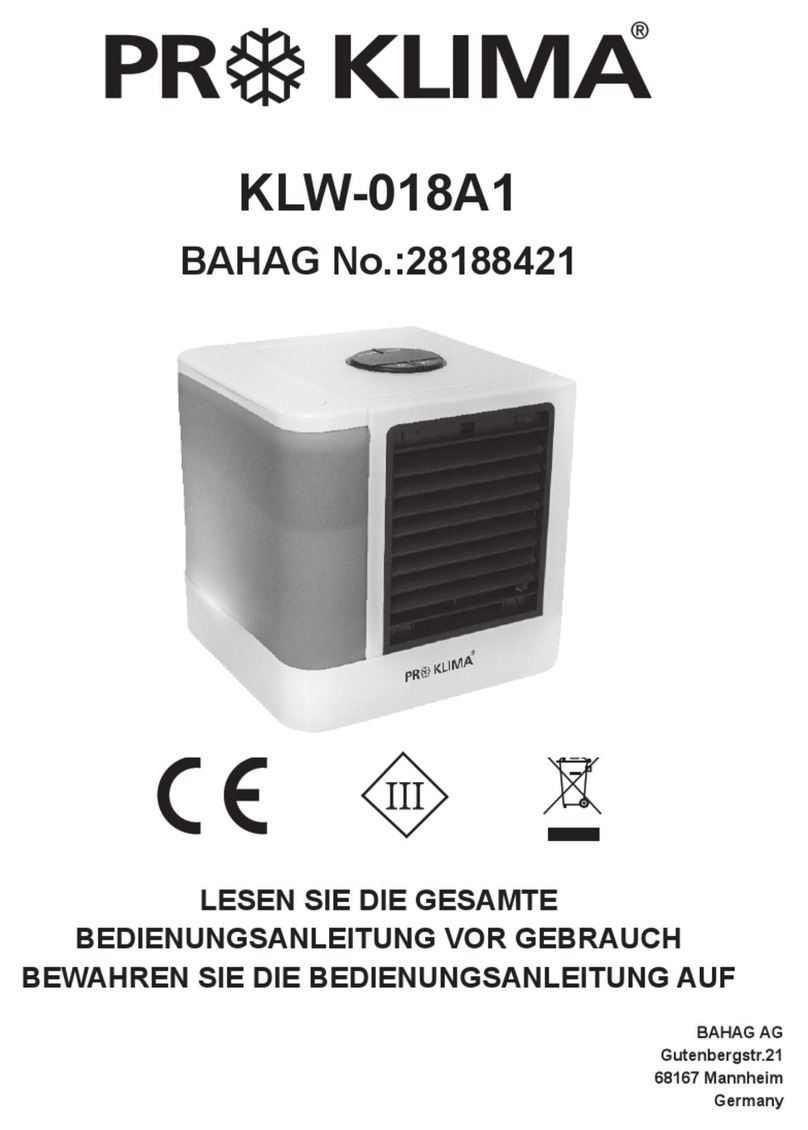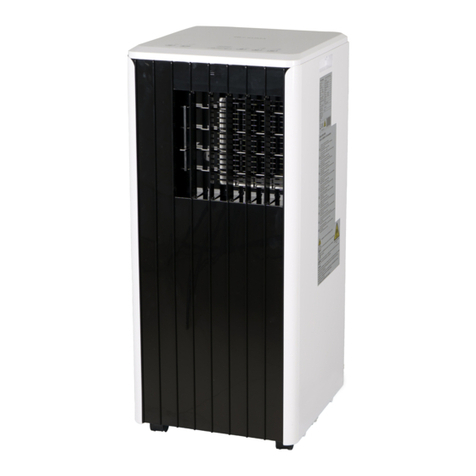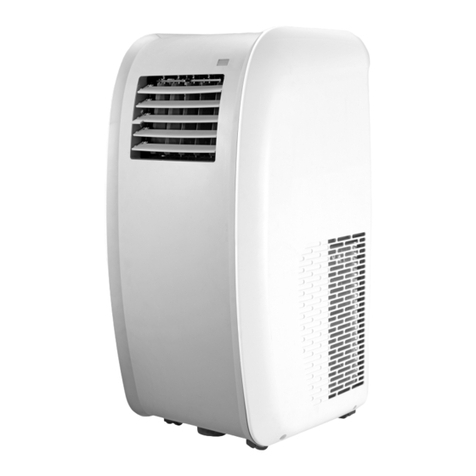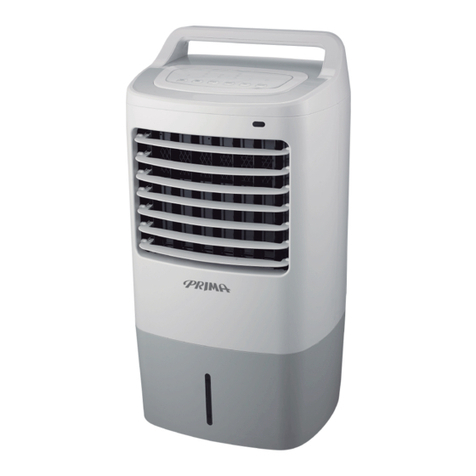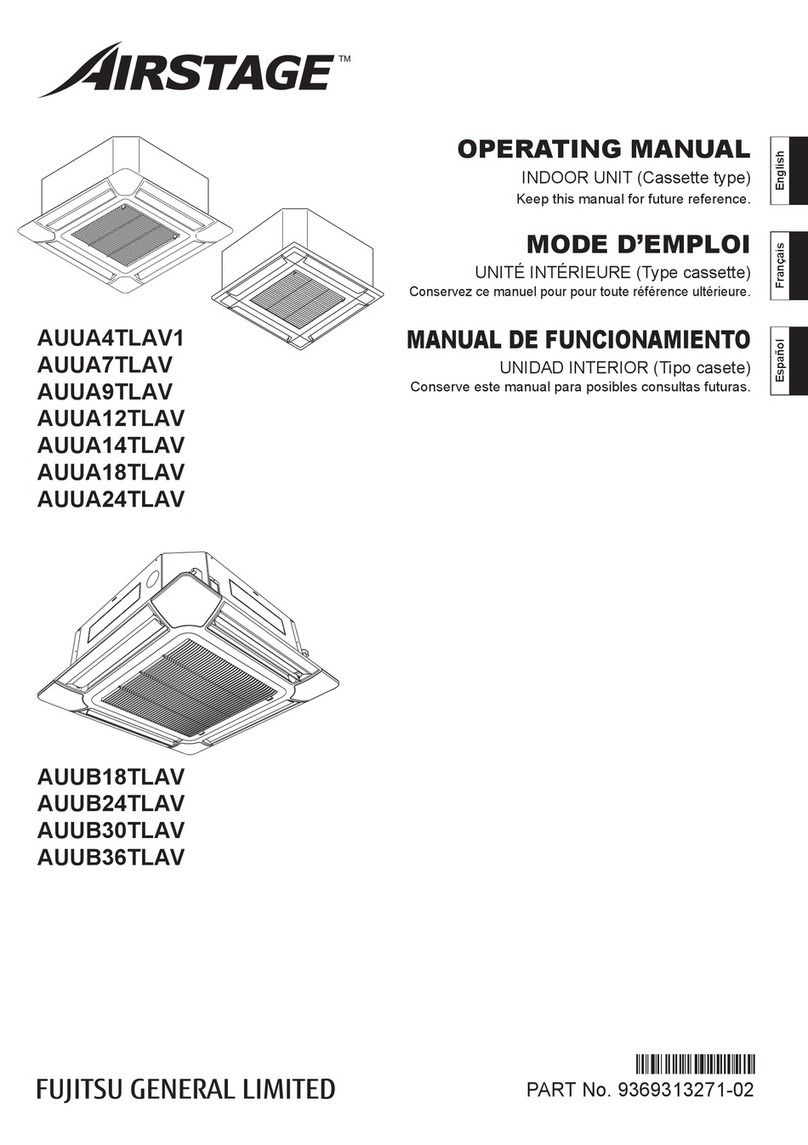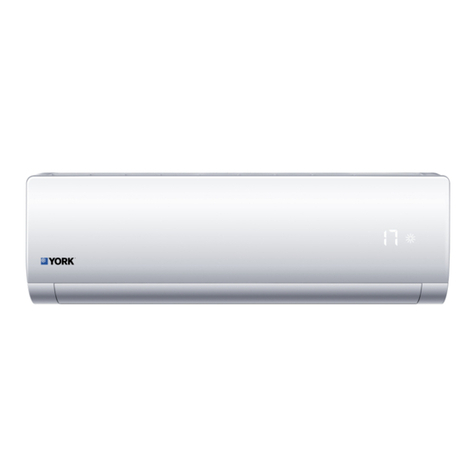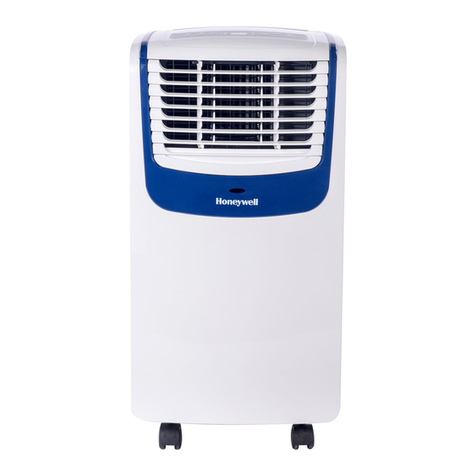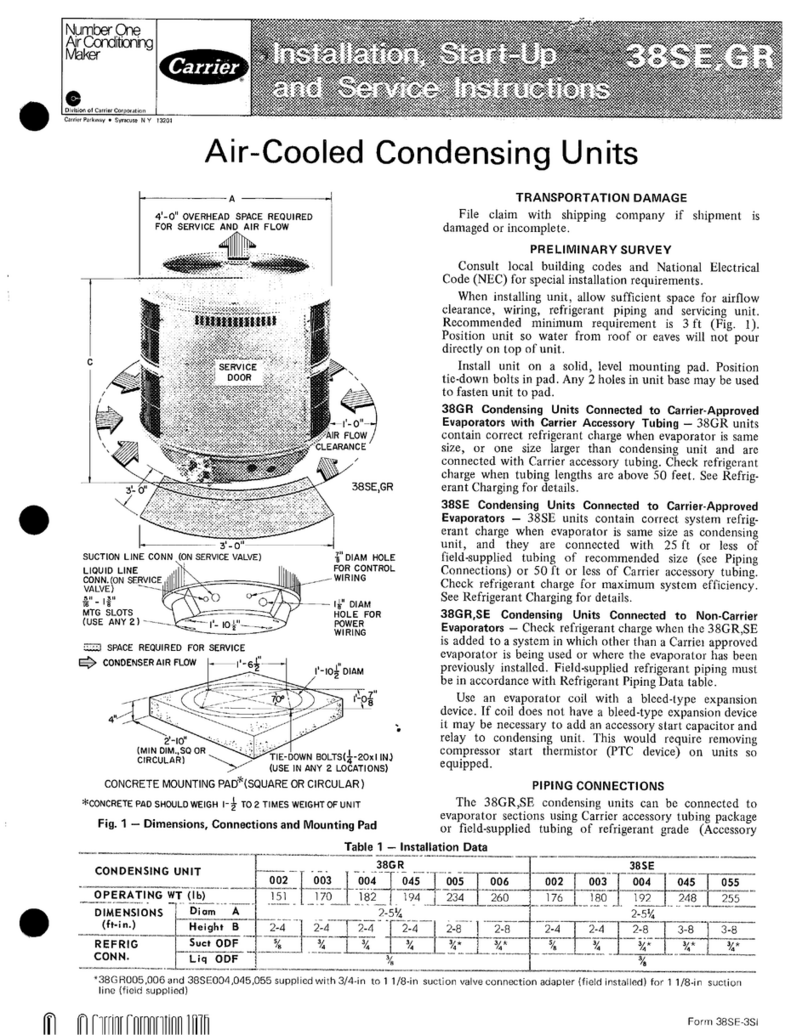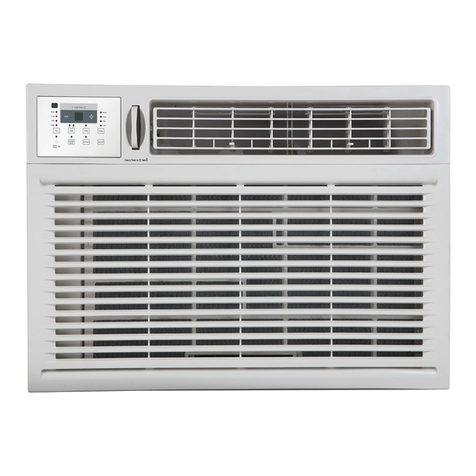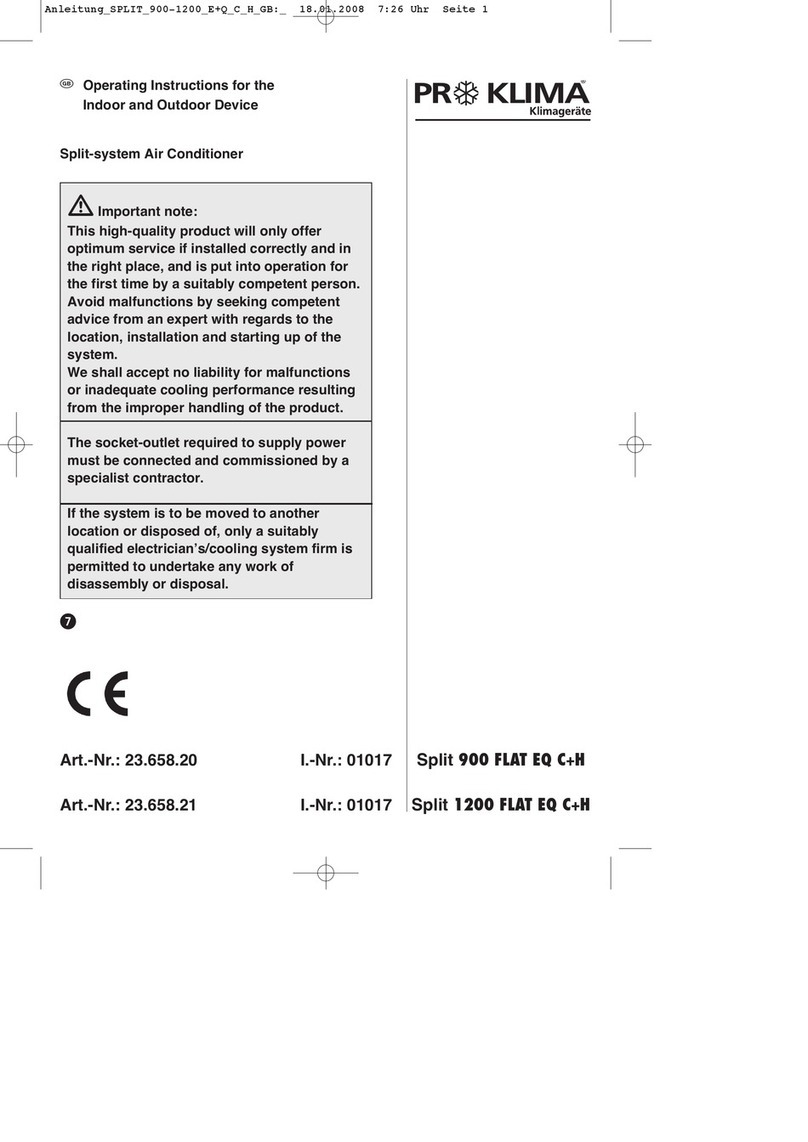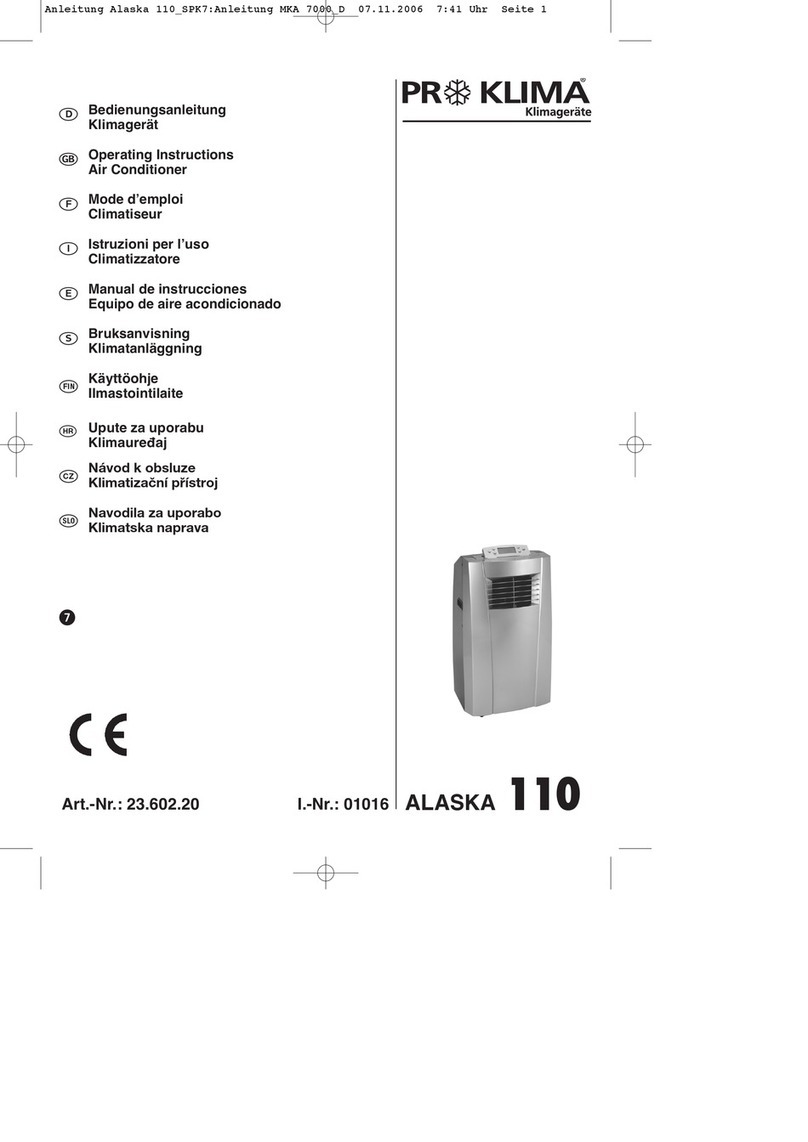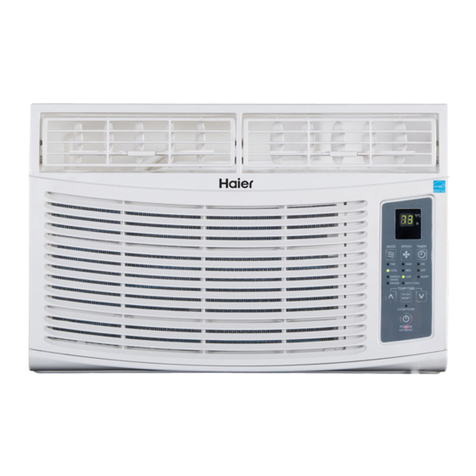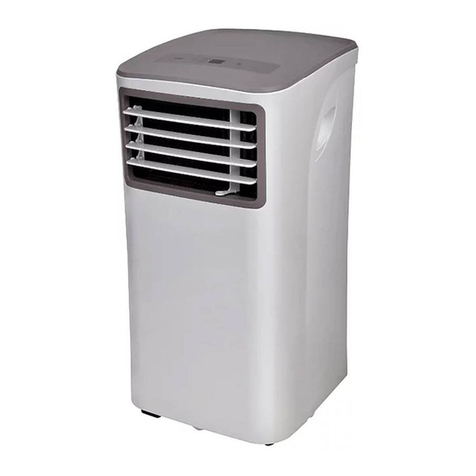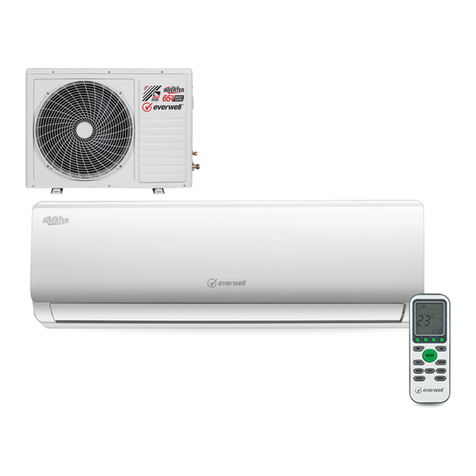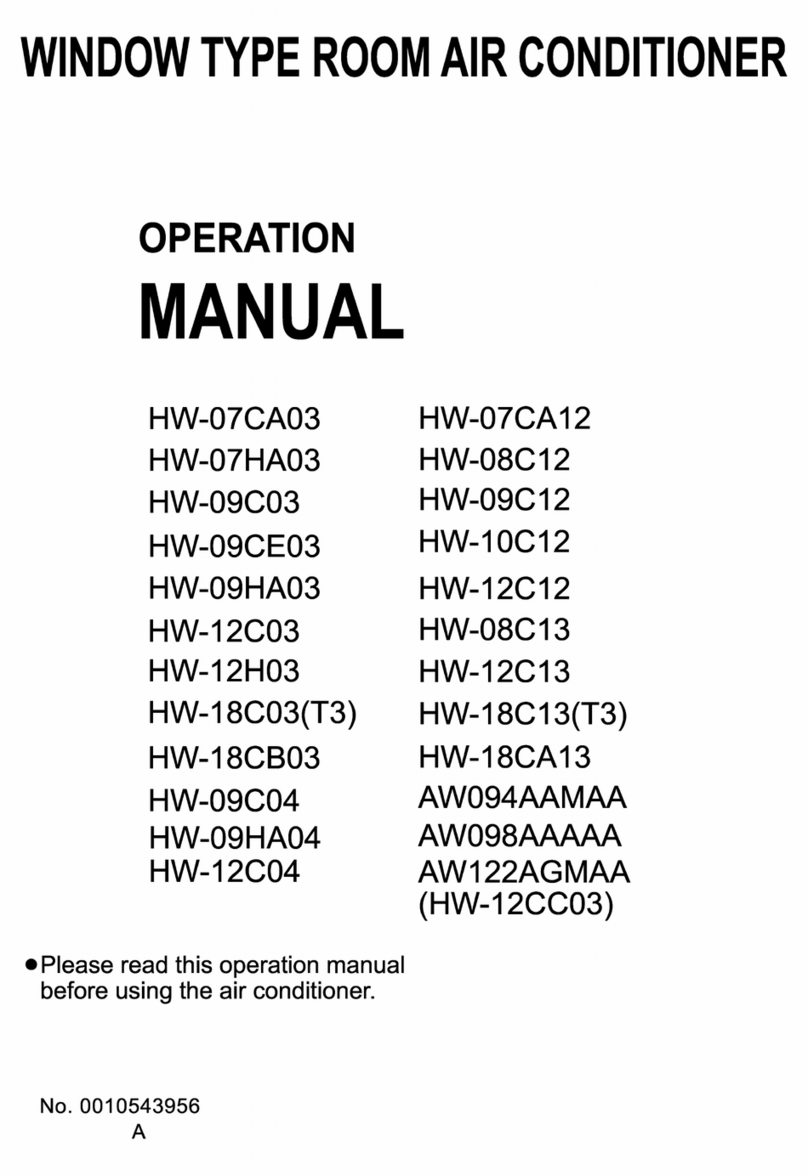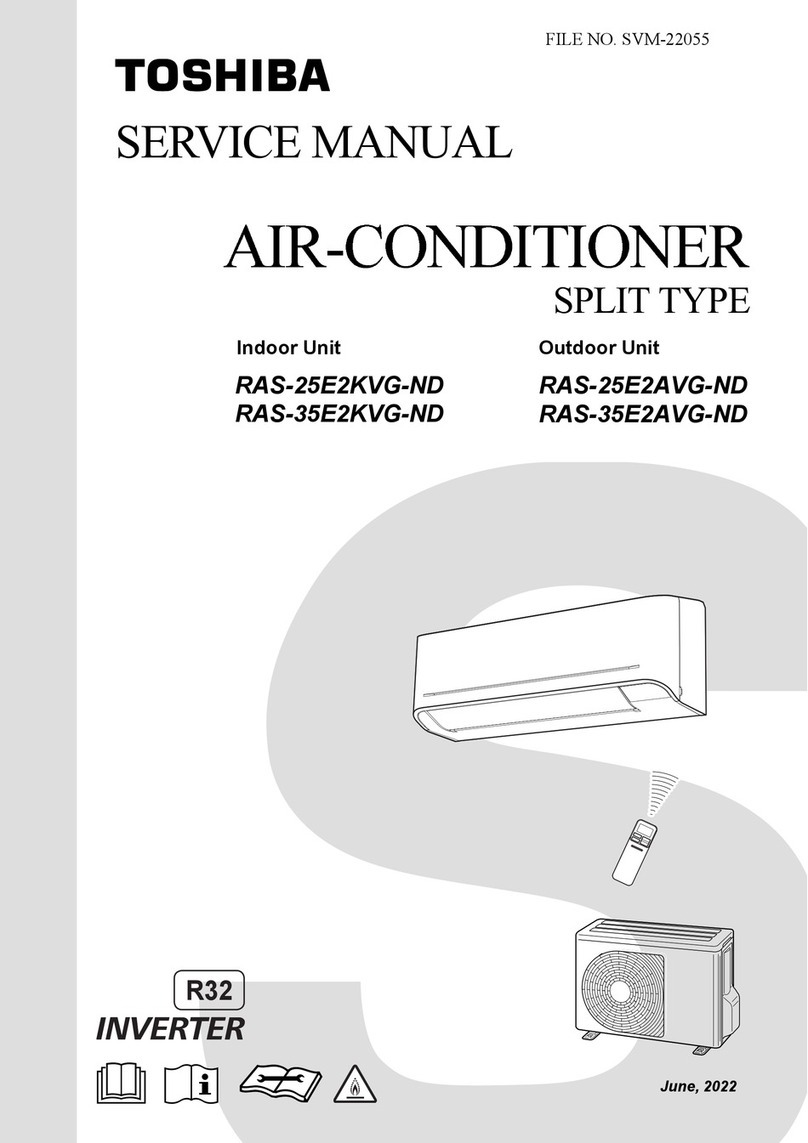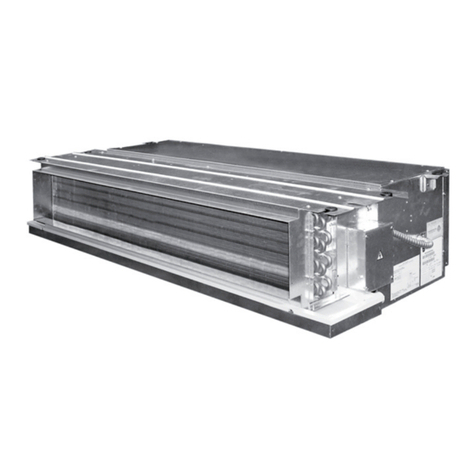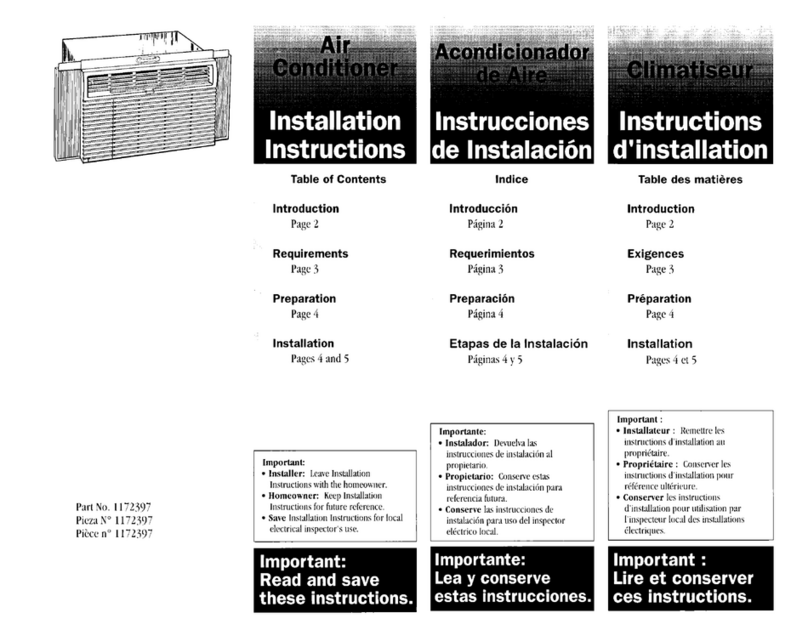
Initial safety checks shall include:
•That capacitors are discharged: this shall be done in a safe manner
to avoid possibility of sparking;
•That there no live electrical components and wiring are exposed
while charging, recovering or purging the system;
•That there is continuity of earth bonding.
2.Repairs to sealed components
1) During repairs to sealed components, all electrical supplies shall
be disconnected from the equipment being worked upon prior to any
removal of sealed covers, etc. If it isabsolutely necessary to have an
electrical supply to equipment during servicing, then a permanently
operating form of leak detection shall be located at the most critical
point to warn of a potentially hazardous situation.
2) Particular attention shall be paid to the following to ensure that by
working on electrical components, the casing is not altered in such a
way that the level of protection is affected. This shall include damage
to cables, excessive number of connections, terminals not made to
original specification, damage to seals, incorrect fitting of glands, etc.
Ensure that apparatus is mounted securely.
Ensure that seals or sealing materials have not degraded such that
they no longer serve the purpose of preventing the ingress of
flammable atmospheres. Replacement parts shall be in accordance
with the manufacturer’s specifications.
NOTE: The use of silicon sealant may inhibit the effectiveness of
some types of leak detection equipment. Intrinsically safe components
do not have to be isolated prior to working on them.
3.Repair to intrinsically safe components
Do not apply any permanent inductive or capacitance loads to the
circuit without ensuring that this will not exceed the permissible
voltage and current permitted for the equipment in use.
Intrinsically safe components are the only types that can be worked on
while live in the presence of a flammable atmosphere. The test
apparatus shall be at the correct rating. Replace components only with
parts specified by the manufacturer. Other parts may result in the
ignition of refrigerant in the atmosphere from a leak.
4.Cabling
Check that cabling will not be subject to wear, corrosion, excessive
pressure, vibration, sharp edges or any other adverse environmental
effects. The check shall also take into account the effects of aging or
continual vibration from sources such as compressors or fans.




















